WASTE MANAGEMENT
Digital Experience
WASTE MANAGEMENT SERVICES
Passionate about solving problems through creative communications.
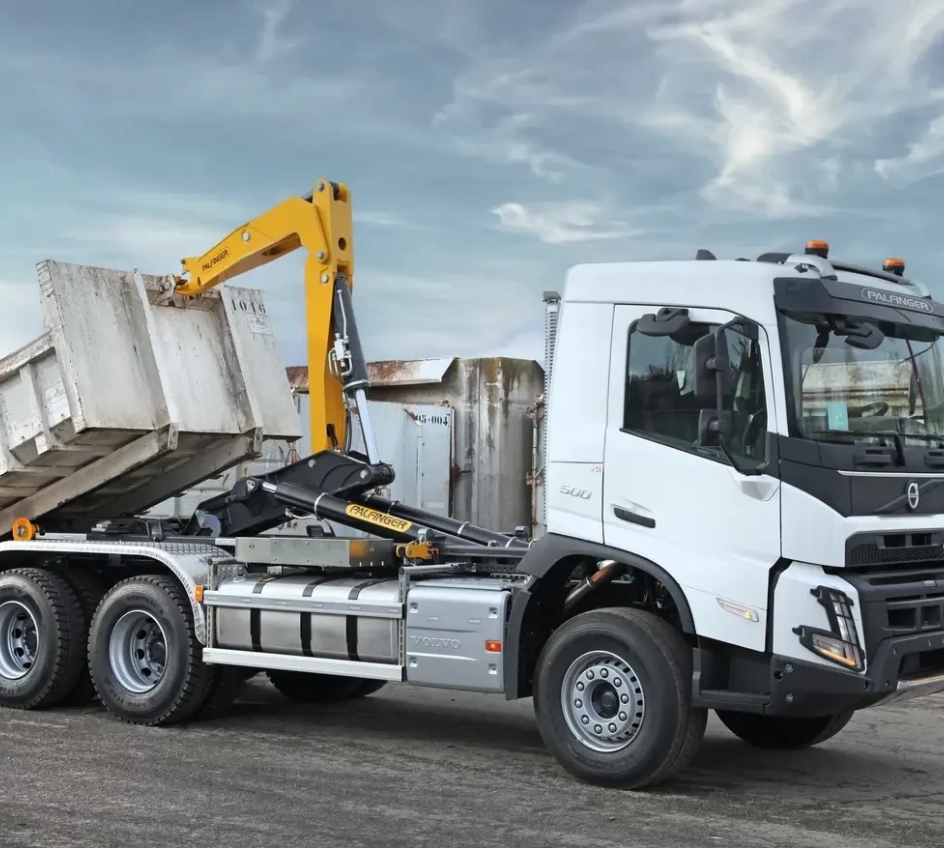
Digital Experience
Passionate about solving problems through creative communications.

01
General waste
02
Sewage removal
03
Hazardous waste
04
Sludge removal
05
Contaminated soil
06
Used oil collection
07
Medical waste
01
General Waste
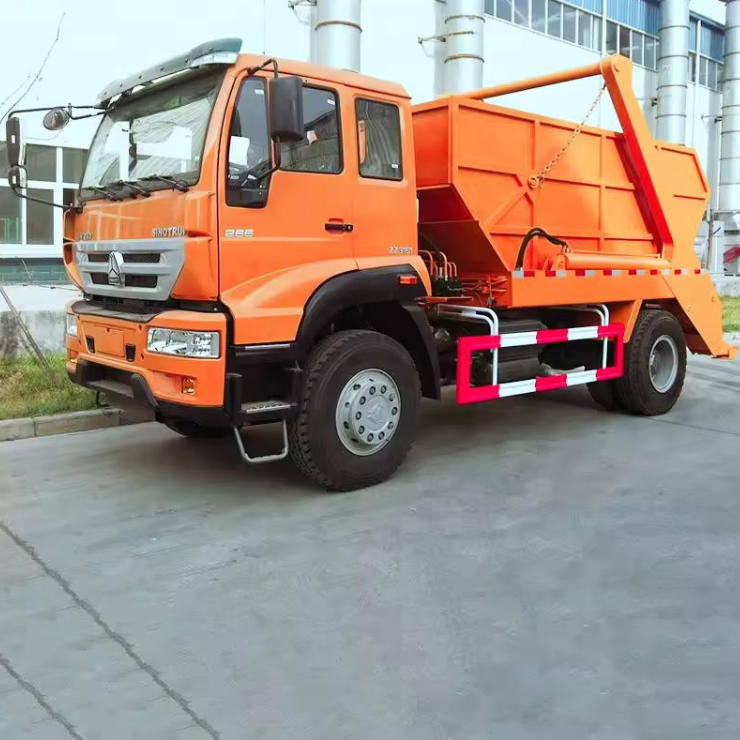
Digital Experience
SkipLoaderService
Our fleet features a wide range of skip loaders designed for the efficient collection, transportation, and disposal of various waste materials. These durable waste boxes are suitable for handling a broad spectrum of materials, including rags, paper, plastics, wood, and metal debris.
Skips are perfectly suited for deployment at construction sites, shopping malls, and other commercial or industrial premises. They are also commonly used for large-scale cleanouts and in areas that generate significant volumes of scrap metal.
Depending on the type of waste collected, materials are responsibly managed through landfill disposal, recycling, or other recovery methods—ensuring compliance with environmental and regulatory standards.
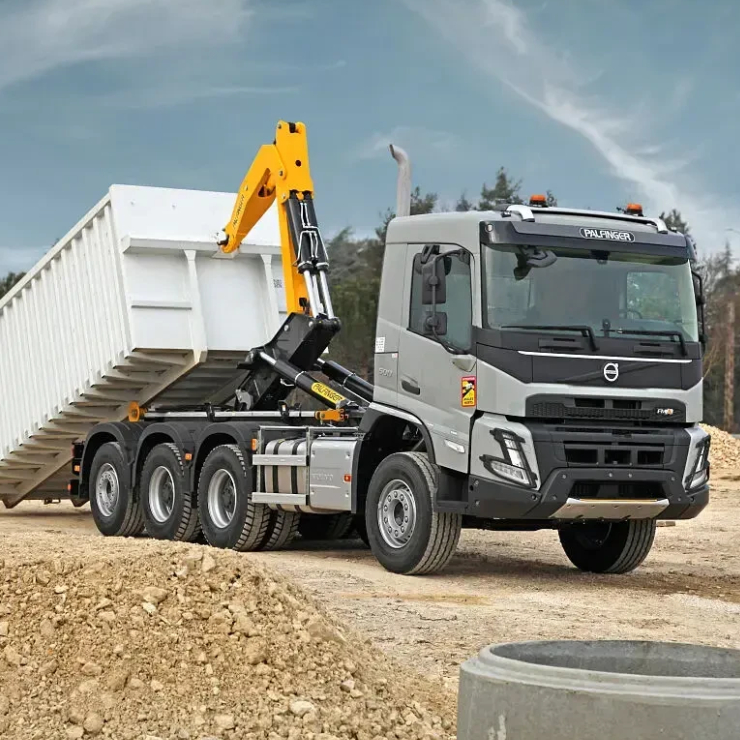
Digital Experience
Solid WasteManagement
We provide comprehensive solid waste management solutions, covering the entire process from the placement of bins and skips to the proper disposal of waste. Our services include the collection and removal of both industrial and domestic waste using advanced equipment such as hydraulic compactors, skip loaders, and dump trucks. We are committed to delivering efficient, reliable, and environmentally responsible waste management.

Waste (Trash) Bin Service
We provide a comprehensive range of high-quality waste bins made from durable fiber and steel, designed to meet the diverse needs of our clients. Our bin options include:
- Mobile Garbage Bins
Available in 120-liter and 240-liter capacities, these bins are ideal for locations with limited storage space. Their compact size and mobility make them perfect for residential areas, offices, and smaller commercial sites.
- Heavy-Duty Steel Bins
Offered in 9m³, 20 cubic yard (cyd), and 30 cyd capacities, these robust, wheeled steel containers are well-suited for largescale waste collection in industrial facilities, construction sites, and commercial complexes.
All bins are engineered for efficient waste handling, easy transport, and long-term durability. We ensure our solutions meet regulatory standards and support environmentally responsible waste management.
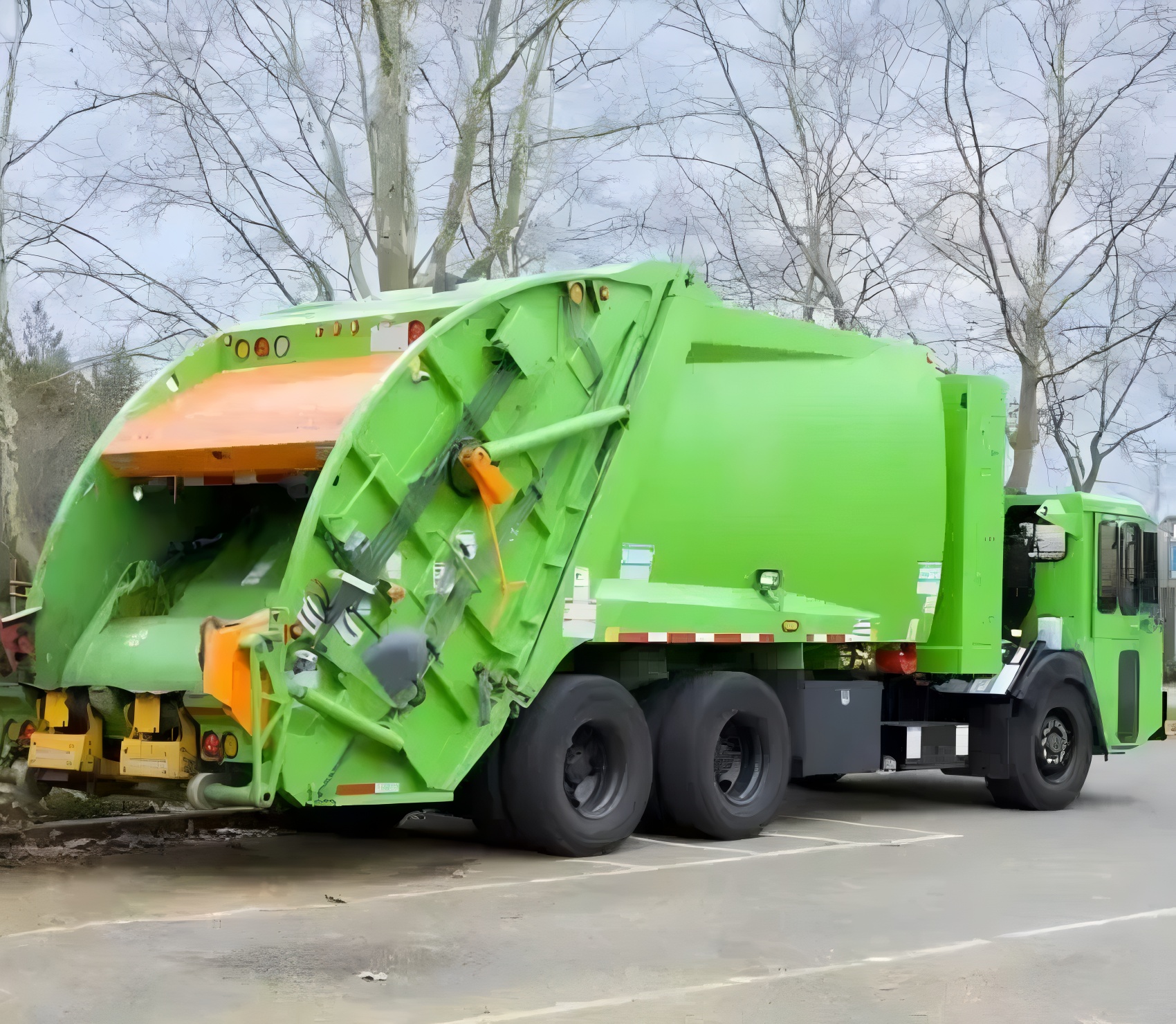
Domestic GarageService
We deliver end-to-end waste management services designed to meet a full spectrum of waste disposal needs. Operating throughout the Kingdom of Saudi Arabia, we provide contract-based collection services for
- Domestic Waste
- Recyclable Materials
- Sanitary Waste
- Green Waste
Our versatile fleet ensures we can accommodate projects of any size—from small skips for residential clean-ups to large containers for construction and industrial sites. No matter the scale or location, we have the right waste solution to suit your requirements.
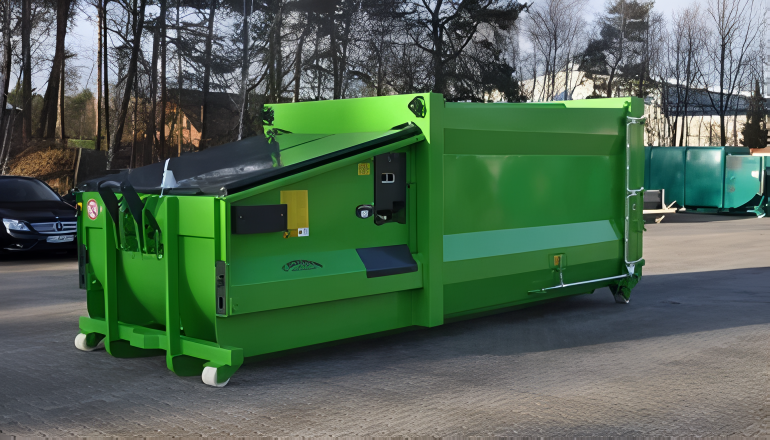
Static Compactor
The PD1300 is a powerful, medium-sized machine designed to compact general waste and recyclable materials. It works with a wide range of waste containers, from 10 to 30 cubic meters in size.
With a 1300mm wide loading area, the PD1300 can be fitted with different loading options to meet each customer’s needs. It is compatible with all UK Chem standard waste containers and can include features like:
- Bin hoist systems for lifting bins
- Dock loading platforms
- Refuse chutes
- Standard or custom-made loading hoppers
The PDE Static Compactor is built to reduce the size of waste by up to 500%, helping businesses fit more into each container. This means fewer trips to transport waste, which saves money and helps the environment.
The PD1300 is a smart and cost-effective choice for anyone looking to reduce waste volume and improve waste handling
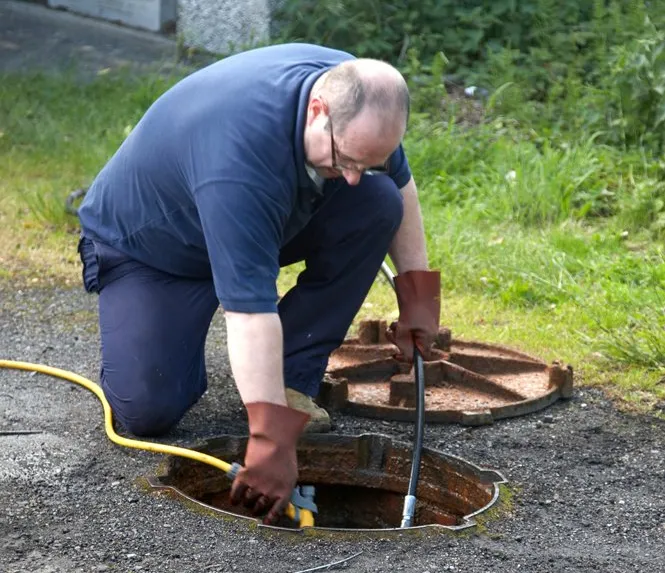
Sewer Line, Man Hole & Drain Cleaning
A comprehensive waste management solution involves more than just waste removal. It should also include high-velocity hydro-cleaning and vacuum extraction, using advanced equipment such as Super Sucker trucks equipped with high-pressure jetting pumps. These specialized vehicles feature powerful jetting systems and vacuum units with large debris holding tanks, making them ideal for efficient and thorough cleaning.
We are always exploring innovative and cost-effective technologies to address your toughest waste management challenges and deliver smarter, more efficient solutions.
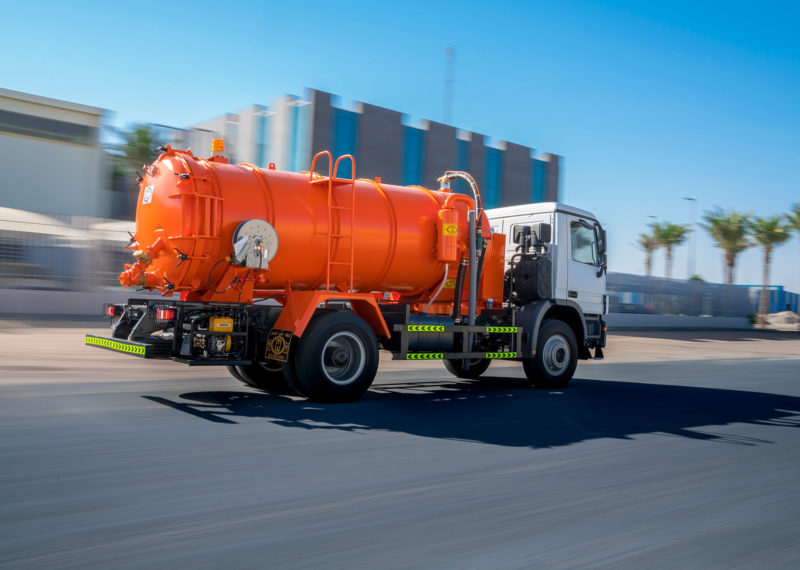
02
Sewage Removal
The Waste Management Division provides comprehensive waste management services for liquid and semi-liquid waste generated from residential, commercial, and industrial sources. We are committed to ensuring the safe and effective treatment of all collected waste. Our operations are supported by a modern fleet of fully equipped trucks and a highly trained workforce, enabling us to deliver reliable and efficient services in compliance with environmental regulations.
03
Hazardous Waste Management
Hazardous waste management involves the collection, treatment, and disposal of waste materials that pose a significant risk to human health and the environment if not handled properly. These wastes may exist in the form of solids, liquids, sludges, or contained gases and are primarily generated by chemical manufacturing, industrial processes, and other related activities.
Improper handling—including inadequate storage, transportation, treatment, or disposal—can result in serious environmental and health consequences. Common impacts include contamination of surface water and groundwater, leading to harmful water pollution, as well as hazardous land pollution. Communities located near former or abandoned waste disposal sites are especially at risk.
To address these concerns and prevent future hazards, governments have implemented strict regulations governing the management of hazardous waste, emphasizing safe handling practices and environmental protection
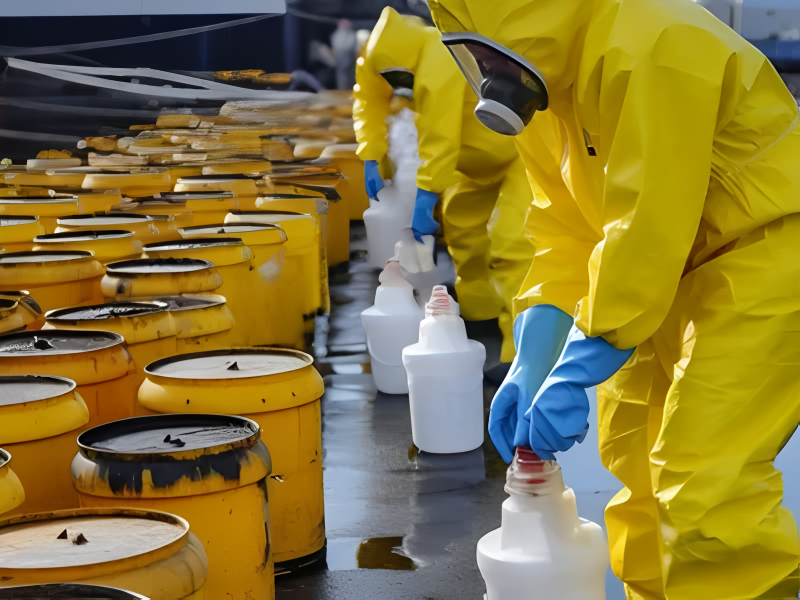
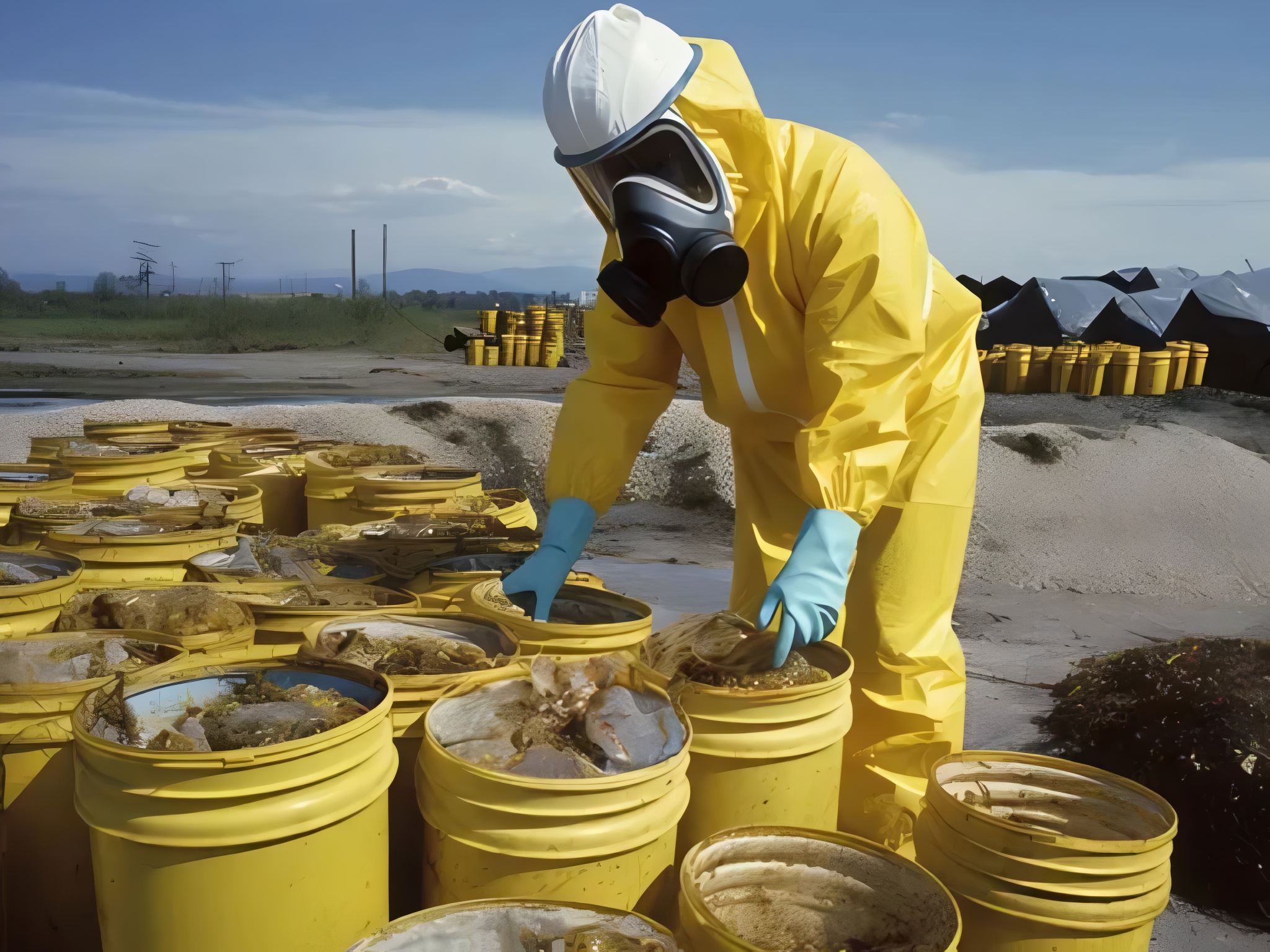
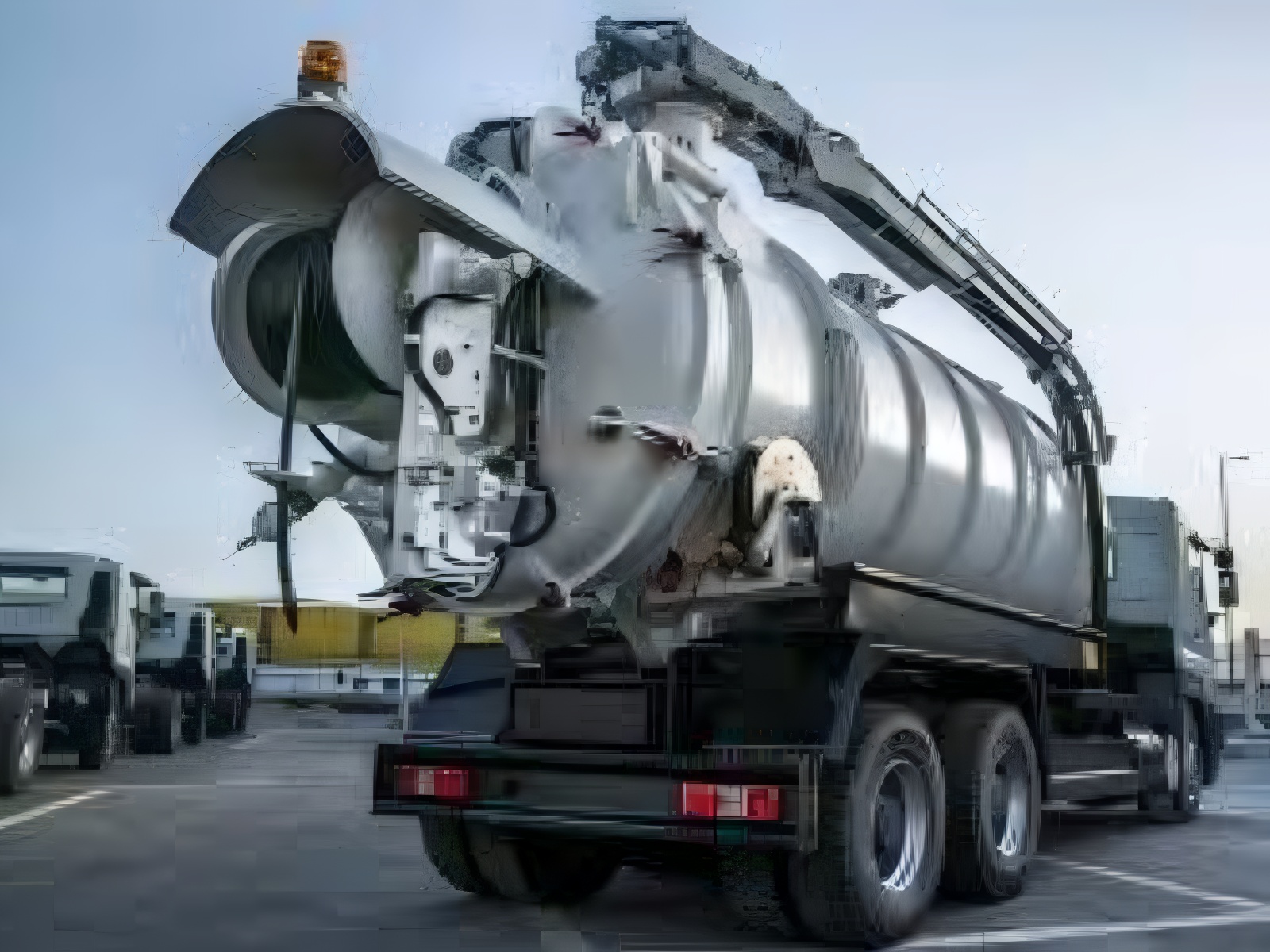
Sludge contains organic matter and nutrients beneficial to plant growth, along with humus-like substances that enhance soil structure and water retention. However, sludge may also contain harmful elements introduced from industrial sources, urban runoff, and household waste. These include toxic chemicals, heavy metals, and pathogenic organisms such as bacteria, viruses, and parasites, which pose potential risks to human health and the environment.
Because of these risks, sludge treatment and disposal are carefully regulated to minimize environmental impact and ensure public safety
04
SludgeRemoval
In today’s era, a strategic approach towards global impact on the environment must be developed and if this aspect is elapsed, a change of environmental loads or their effect will be caused and no reduction will be attained. For instance, a wastewater treatment plant (WWTP), which is a main concern for ecological treatment system, gives rise to an environmental impact due to its energy consumption, use of chemical compounds, emissions to the atmosphere and sludge production. The main solid by-products produced in wastewater treatment are:
- Screened Material
- Grit
- Scum
- Primary Sludge
- Secondary Sludge
- Chemical Sludge (if a physical–chemical stage is included)
Sludge, also known as biosolids, is the primary by-product generated from wastewater treatment processes in sewage treatment plants. As the largest residual output of these operations, sludge disposal presents one of the most significant environmental challenges.
Sludge is produced during the treatment of both water and wastewater, particularly from biological treatment processes. When derived from wastewater, it is commonly referred to as wastewater biosolids. Before disposal, sludge must undergo appropriate treatment, the type and extent of which depend on the intended disposal method.
Sludge Removal
Principal Strategies
There are three principal strategies for the final disposal of wastewater sludge and its components, though many grey areas exist between these options:
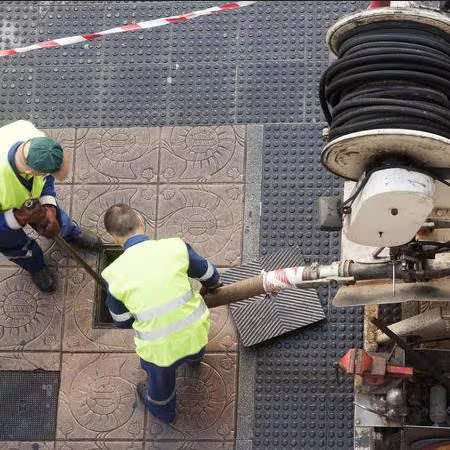
01
Land Disposal
Placement in landfills or specially designated sludge disposal sites
02
Ocean Disposal
Discharge into the sea (where legally permitted and environmentally assessed).
03
Air Disposal
Through incineration, resulting in emissions and ash that must be managed.
05
Contaminated Soil
Soil contamination—also referred to as soil pollution or land pollution—is a form of land degradation caused by the presence of xenobiotic (human- made) chemicals or other alterations to the natural soil environment. It is most commonly the result of industrial activities, the use of agricultural chemicals, or the improper disposal of waste.
Typical contaminants include:
- Petroleum hydrocarbons
- Polynuclear aromatic hydrocarbons (e.g., naphthalene, benzo(a)pyrene)
- Solvents and pesticides
- Heavy metals such as lead and mercury
The extent of soil contamination is generally correlated with the level of industrialization and the intensity of chemical use in a given area.
Public concern over soil contamination is largely driven by the associated health risks. These risks may arise from:
- Direct contact with contaminated soil
- Inhalation of vapors released from pollutants
- Secondary contamination of surface water and groundwater
Remediation and mapping of contaminated sites are complex, time- consuming, and costly processes. Effective clean-up requires multidisciplinary expertise in geology, hydrology, chemistry, computer modeling, Geographic Information Systems (GIS), and a deep understanding of industrial chemical practices
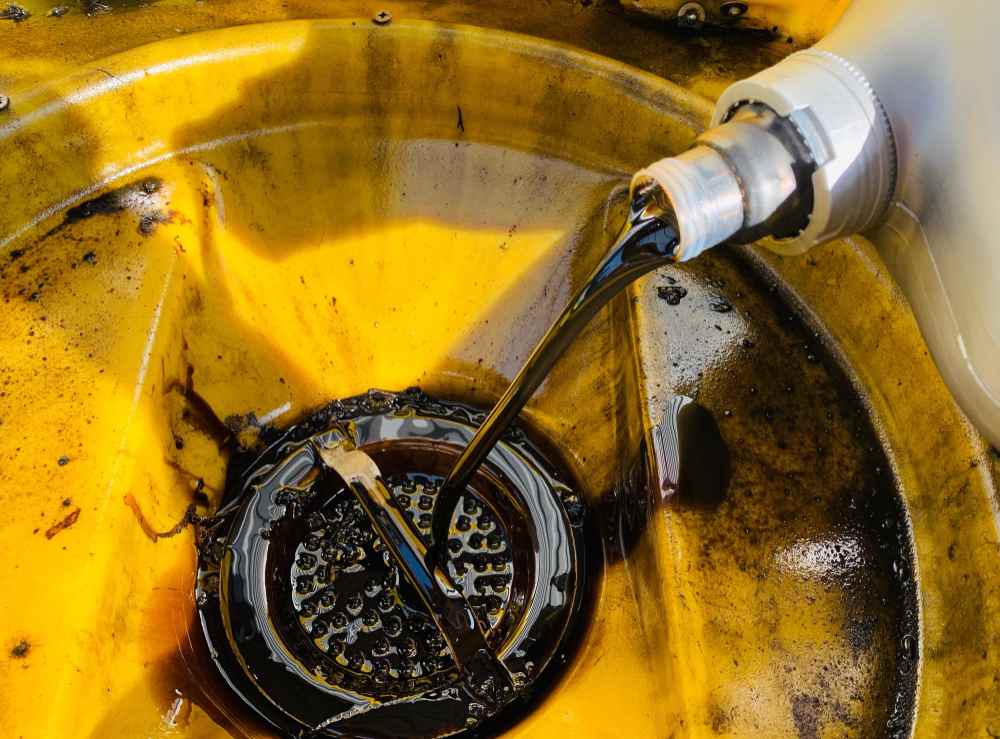
06
Used Oil Collection
The proper collection and disposal of used lubricating oil is essential for environmental protection and economic sustainability. Used oil is classified as a hazardous waste and contains toxic substances that can pose significant risks to human health and the environment if not managed correctly.
Effective systems for the collection, treatment, and disposal of used oil are crucial. Improper disposal can lead to serious environmental issues, including:
- Soil and water contamination
- Air pollution
- Harmful effects on ecosystems and public health
Used oil contributes to broader global environmental problems such as hazardous waste accumulation, smog formation, and climate change. Even small quantities of improperly discarded oil can pollute large areas, making responsible management practices vital.
As environmental challenges become increasingly global in scale, the importance of sustainable waste management practices—including the safe handling of used oil—continues to grow.
07
Medical Waste Management
KMTEC Environment offers a fully integrated system for the management of medical waste across all categories, utilizing advanced technology to ensure compliance with the highest environmental and safety standards. The process follows a systematic and phased approach, covering every stage from initial segregation to final disposal:
Medical waste is sorted and classified at the source based on type and risk level, including infectious, hazardous, and non-hazardous
materials.
Properly sorted waste is collected from designated points. Radioactive or highly hazardous materials are isolated and handled according to strict safety protocols.
The waste is transported to treatment facilities using climate-controlled and specially equipped vehicles designed to ensure safe and compliant transfer.
Waste is treated using appropriate methods such as autoclaving, incineration, or chemical disinfection to neutralize health risks and
reduce volume.
Treated waste, once rendered non-hazardous, is disposed of in accordance with regulatory standards, often alongside regular municipal waste where permitted.
KMTEC’s end-to-end approach ensures the safe, efficient, and environmentally responsible handling of medical waste, protecting public health and supporting sustainability goals
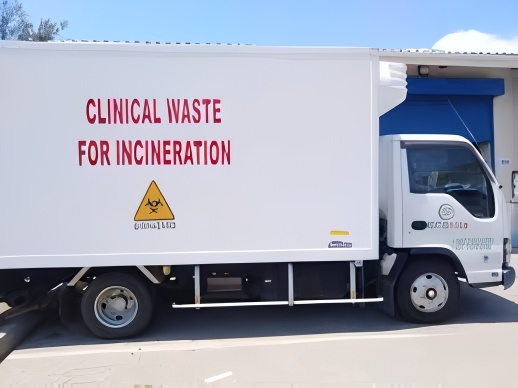
Ready to get started?
Start your journey with KAMETC—reliable solutions, expert support, and trusted service for every project need.
